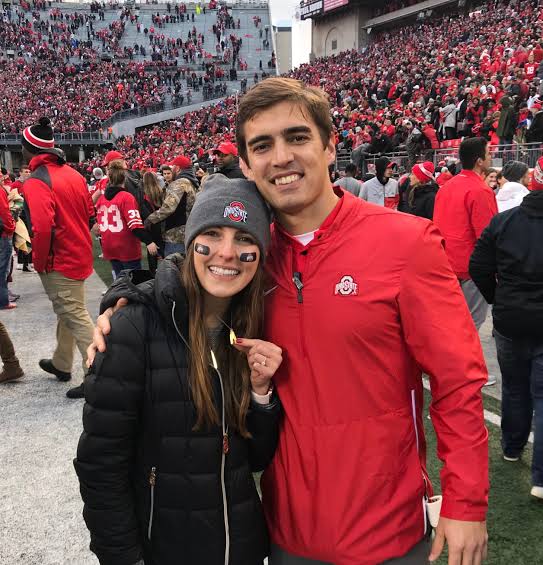Achraf Hakimi’s $70 Million Divorce: Insights into Property Settlement in Ohio Divorces
In recent news, the high-profile divorce of Moroccan footballer Achraf Hakimi has garnered significant attention, particularly due to its substantial financial implications. With reports indicating a $70 million settlement, the case highlights the complexities involved in property settlements during divorces, a topic of interest to many, including those navigating similar issues in Ohio.
Understanding the Hakimi Divorce Case
Achraf Hakimi, a prominent footballer currently playing for Paris Saint-Germain (PSG) and the Moroccan national team, has made headlines not only for his athletic prowess but also for his dramatic divorce proceedings. The $70 million settlement is noteworthy for its scale, illustrating the high stakes involved in the financial aspects of divorce for individuals with substantial assets.
The intricacies of this case offer a valuable lens through which to examine property settlements in divorces more broadly, including those governed by Ohio law.
Property Settlement in Ohio Divorces
In Ohio, property settlements during a divorce are governed by the principles of equitable distribution. Unlike community property states, where assets are divided equally, Ohio focuses on a fair distribution, which does not necessarily mean a 50-50 split. The court considers various factors to determine what is equitable, including:
- Length of the Marriage: The duration of the marriage can influence how assets are divided. Longer marriages may lead to more equal distributions due to the extended accumulation of joint assets.
- Contributions to the Marriage: Both financial and non-financial contributions, such as homemaking and childcare, are considered. Ohio law recognizes that both spouses contribute to the marriage in various ways.
- Economic Disparities: The court may account for the earning potential and economic circumstances of each spouse. If one spouse has a significantly higher income or greater earning potential, it could impact the settlement.
- Separate vs. Marital Property: Ohio distinguishes between marital property (acquired during the marriage) and separate property (owned individually before the marriage or acquired by gift or inheritance). Marital property is subject to division, while separate property typically remains with the original owner.
- Future Financial Needs: The court may evaluate the future financial needs and earning potential of each spouse. This consideration can affect spousal support and the division of assets.
Implications of High-Profile Cases
Cases involving high-net-worth individuals, such as Achraf Hakimi, often involve complex asset divisions, including real estate, investments, and business interests. These cases can set precedents and influence public perceptions of divorce settlements. The substantial figure in Hakimi’s case underscores how significant financial negotiations can be when high assets are involved.
For Ohio residents navigating divorce, understanding these principles can provide clarity on what to expect during property settlements. While each case is unique, knowledge of how Ohio law approaches asset division and the factors considered by courts can help in preparing for a fair resolution.
Conclusion
The $70 million divorce settlement involving Achraf Hakimi is a striking example of how property settlements can vary greatly depending on the assets and circumstances of the individuals involved. For those in Ohio, recognizing the principles of equitable distribution and how they apply to their own situations can be crucial in achieving a fair and just resolution during divorce proceedings
